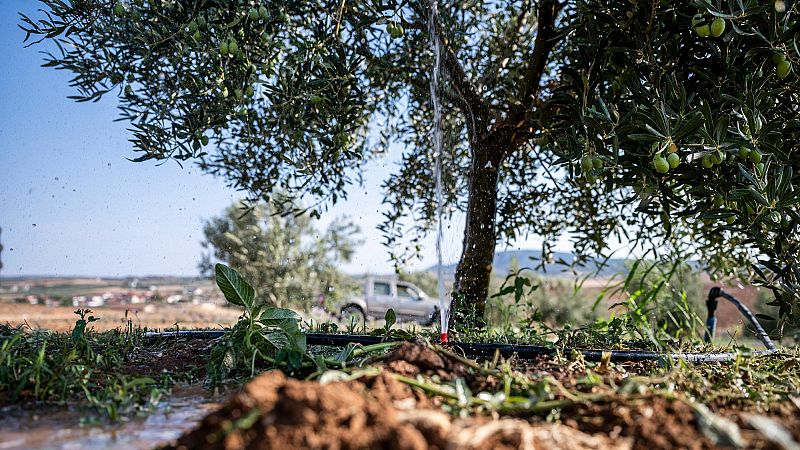
The Impact of Climate Change on Global Food Prices
Food prices in Europe and around the world have experienced a significant upward trend in recent years, raising concerns among consumers. While factors such as increased production costs and geopolitical conflicts like the war in Ukraine have contributed to these price hikes, extreme weather events have also played a crucial role. A recent study has highlighted how unprecedented heat, drought, and rainfall between 2022 and 2024 have caused food prices to rise in 18 countries, including the UK and Spain.
The research, published in Environmental Research Letters, examined 16 food items across multiple regions and found that climate change is increasingly affecting the global food system. According to Maximillian Kotz, lead author of the study, the ongoing impacts of unmitigated climate change are creating societal risks that demand urgent attention.
Extreme Weather and Rising Food Costs
Recent years have seen an increase in abnormal weather events that were once considered rare. 2024 was the hottest year on record, with global temperatures surpassing 15°C above preindustrial levels. Heavy rainfall affected the UK in late 2023, while Pakistan and Australia faced devastating floods in 2022. These extreme weather patterns have been linked to spikes in food prices, according to the interdisciplinary team of researchers involved in the study.
The research, conducted by institutions such as the Barcelona Supercomputing Centre, the Postdam Institute for Climate Impact Research, and the European Central Bank, was released ahead of the United Nations Food Systems Summit. The findings underscore the growing need for climate resilience in food production systems.
Case Studies: British Potatoes and Spanish Olive Oil
In the UK, potato prices rose by 22% from January to February 2024 due to extreme winter rainfall. Amber Sawyer of the Energy & Climate Intelligence Unit (ECIU) explained that the UK’s arable harvests were severely impacted by climate change, which made extreme rainfall 10 times more likely. Farmers have had to deal with alternating extremes of heat and rain, making it difficult to plan crop cycles effectively.
Similarly, olive oil prices in Italy and Spain surged by 50% in January 2024 following severe droughts in 2022 and 2023. Spain, which produces 40% of the world’s olive oil, saw a 50% drop in production due to high temperatures during the spring blossoming season. This led to smaller, less nutritious fruits and further strain on the supply chain.
Global Effects: Rice, Coffee, and Cocoa
Extreme weather has also impacted food production in other parts of the world. In East Asia, heatwaves in 2024 caused significant price increases for Korean cabbage and Japanese rice. In the US, California’s drought in 2022 led to an 80% rise in vegetable producer prices. Meanwhile, Ghana and the Ivory Coast, which supply nearly 60% of global cocoa, experienced record temperatures and prolonged droughts, resulting in a 300% increase in cocoa prices by April 2024.
Coffee prices also rose due to heatwaves and droughts in Vietnam and Brazil. These events highlight how climate change is disrupting agricultural systems worldwide, leading to higher costs for essential commodities.
Public Health and Political Implications
The study warns that rising food prices can worsen public health outcomes, particularly for low-income households. As food becomes more expensive, people may shift toward cheaper, less nutritious options, increasing the risk of malnutrition and chronic diseases. Additionally, food price inflation has historical ties to political unrest, with past examples showing how economic pressures can influence election outcomes.
Kotz noted that food prices have become a major concern for many, ranking second only to extreme heat as a visible impact of climate change. The issue was a key topic in the 2024 elections in the UK and US, as well as in Argentina in 2023.
Adaptation and Resilience Strategies
To address these challenges, the study calls for urgent adaptation and resilience measures. Seasonal and multi-annual climate predictions could help farmers prepare for extreme weather events and optimize their planting schedules. Long-term strategies, such as crop switching and improved irrigation, are also essential but face implementation challenges.
The researchers emphasize the need for policymakers and researchers to work together to develop effective solutions that consider resource limitations, economic constraints, and political realities. By investing in climate resilience, societies can better protect food security and reduce the long-term impacts of climate change on global agriculture.


Posting Komentar